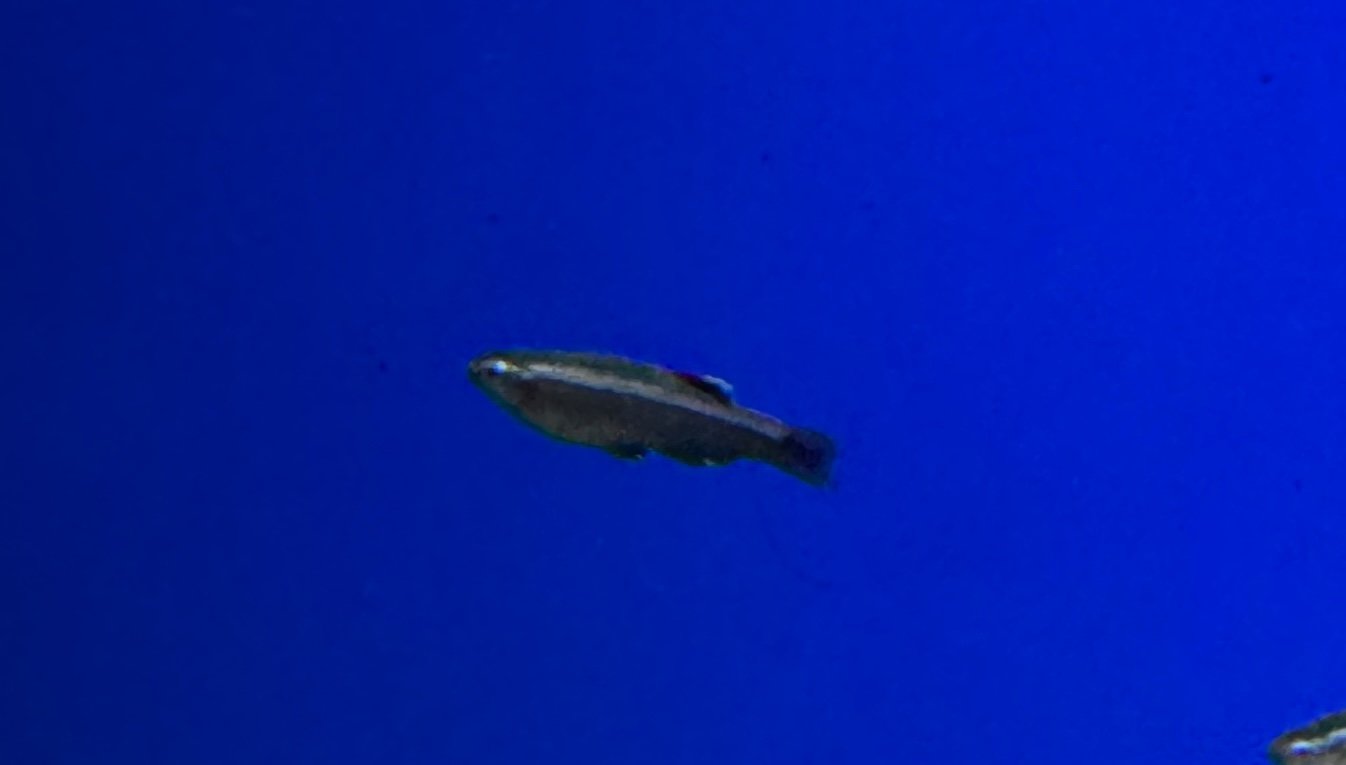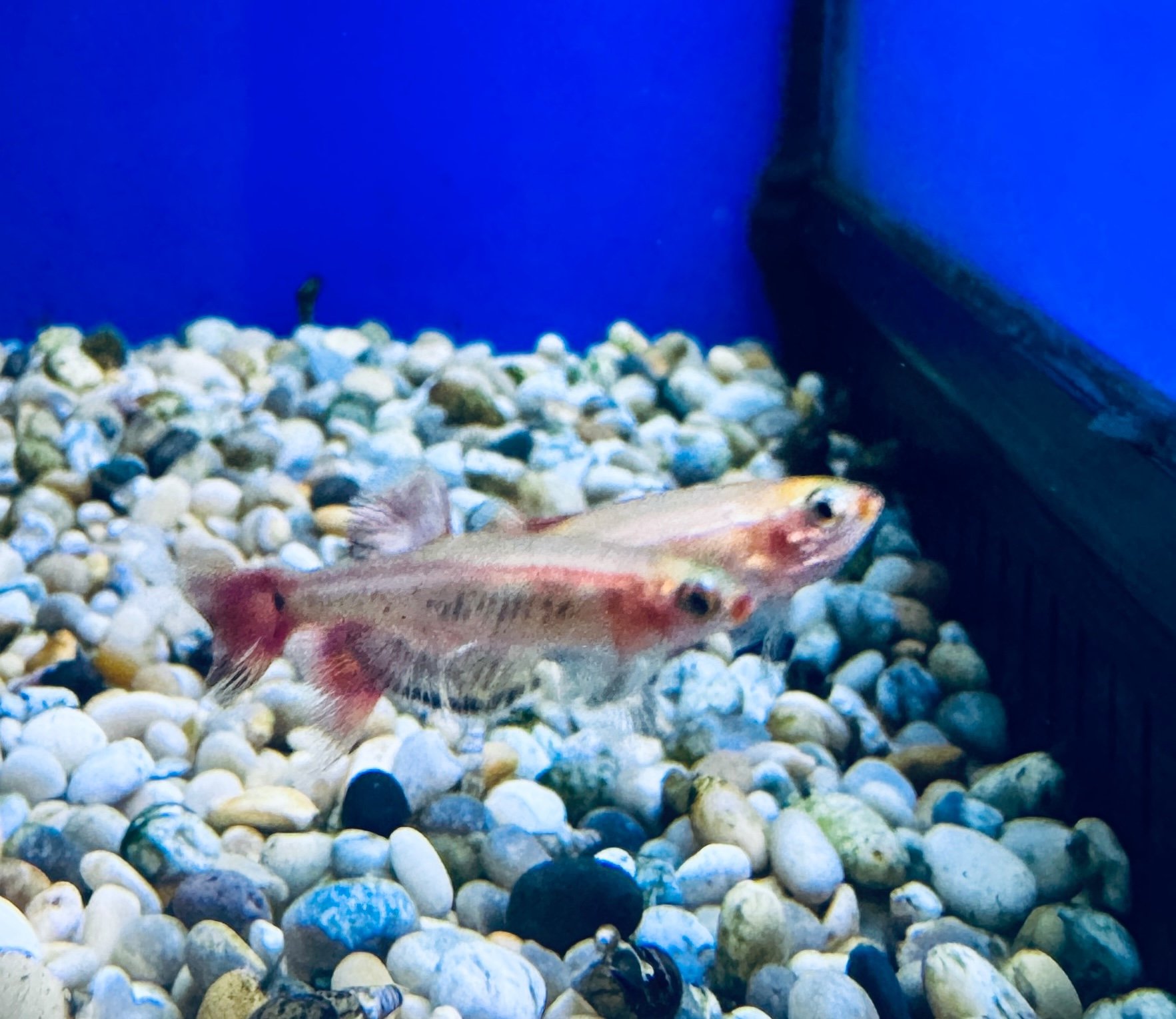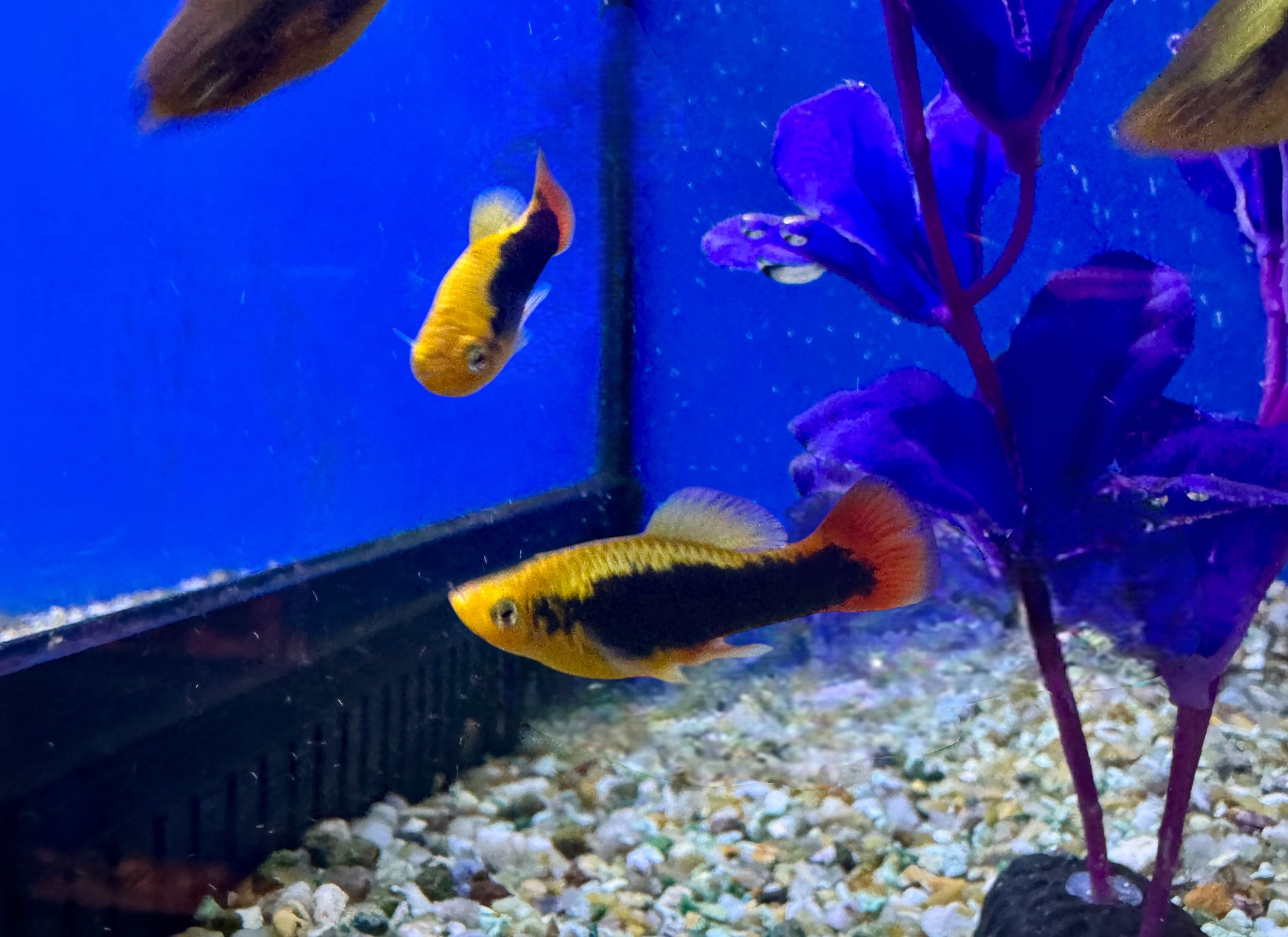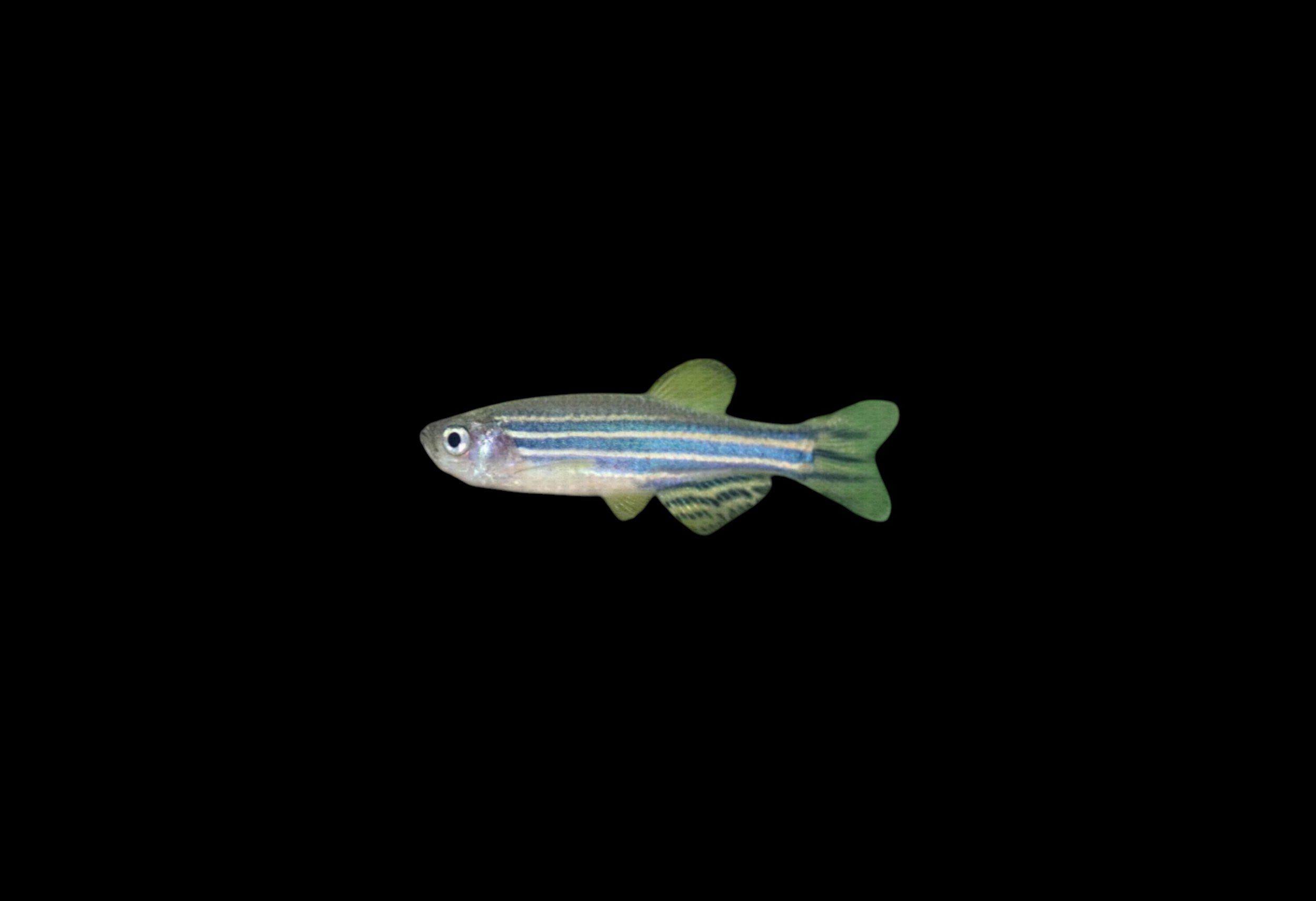Gastromyzon ornaticauda:
Blue Finn Borneo Loach - Gastromyzon ornaticauda
Adult Size: Typically grows to about 2 to 3 inches (5 to 7.5 cm) in length.
Temperature Range: 72°F to 79°F (22°C to 26°C)
pH Range: 6.0 to 7.5
Compatibility: Generally peaceful and can be kept with other small, peaceful fish. They do best in groups of six or more, as they are social and feel more secure in numbers.
Minimum Tank Size: 60 liters for a small group, but a larger tank is recommended for more stability and to accommodate additional tank mates.
Originates from: Borneo, specifically the fast-flowing, clear streams and rivers of the island.
Ideal Substrate: Smooth, small pebbles or fine gravel. A substrate that mimics their natural river environment is ideal.
Ideal Tank Mates Suggestions:
Small, Peaceful Barbs: Species like Cherry Barbs and Rosy Barbs.
Danios: Species like Zebra Danios and Pearl Danios.
Tetras: Species like Neon Tetras and Cardinal Tetras.
Rasboras: Species like Harlequin Rasboras and Scissortail Rasboras.
Dwarf Cichlids: Species like Apistogramma and Ram Cichlids.
Small Catfish: Species like Corydoras and Otocinclus.
Shrimp: Species like Cherry Shrimp and Amano Shrimp, which can help keep the tank clean.
Other Loaches: Species like Hillstream Loaches and Dwarf Chain Loaches, which enjoy similar water conditions and tank setups.
Fish to Avoid:
Large, Aggressive Fish: Species like Oscars, Jack Dempseys, and large cichlids can bully or harm the smaller, peaceful Blue Finn Borneo Loaches.
Fast, Nippy Fish: Species like Tiger Barbs and Serpae Tetras can stress or injure the more docile loaches.
Territorial Bottom-Dwellers: Species like larger Plecostomus or aggressive catfish can outcompete Blue Finn Borneo Loaches for food and space.
Additional Information:
Habitat and Tank Setup:
Water Flow: These loaches are adapted to fast-flowing water, so a strong filter or powerhead to create a moderate to strong current is essential.
Decorations: Provide plenty of hiding spots with rock formations, driftwood, and caves. These structures not only mimic their natural environment but also offer them security and places to rest.
Plants: While they do not typically damage plants, they prefer a well-planted tank with hardy species that can withstand some water movement, such as Anubias, Java Fern, and Cryptocoryne.
Diet:
Feeding Habits: Primarily herbivorous, but they will also eat small invertebrates. Offer a varied diet that includes high-quality algae wafers, blanched vegetables like zucchini and cucumber, and occasional live or frozen foods like daphnia and brine shrimp.
Feeding Frequency: Feed them 2-3 times a day with small portions to ensure they do not overeat and to maintain water quality.
Behavior:
Activity Level: Blue Finn Borneo Loaches are active and enjoy swimming against the current. They are also known to perch on rocks and other surfaces, using their sucker-like mouths to cling on.
Social Behavior: They are social and do best in groups. They can be shy initially but become more active and confident when kept in a group.
Breeding:
Breeding Difficulty: Breeding in captivity is challenging and not commonly achieved by hobbyists. They require very specific water conditions and a well-maintained environment to breed successfully.
Sexing: Males are generally more colorful and have more pronounced fins, while females are less colorful and have a more rounded body.
Care Tips:
Water Quality: Maintain excellent water quality with regular water changes and a strong filtration system. They are sensitive to poor water conditions and high levels of nitrates.
Tank Maintenance: Regularly clean the tank and substrate to prevent the buildup of detritus and algae, which can affect water quality.
Acclimation: When introducing new Blue Finn Borneo Loaches to your tank, acclimate them slowly to avoid shock from sudden changes in water parameters.






